Sensory gardens are specialized outdoor spaces designed to engage all five senses—sight, smell, touch, taste, and hearing—offering a rich, multi-dimensional experience that promotes wellbeing, creativity, and connection with nature. By thoughtfully selecting plants, materials, and features, these gardens can stimulate cognitive and emotional responses, making them ideal for therapeutic settings, educational environments, and inclusive public spaces. From colorful blooms and fragrant herbs to textured foliage, edible plants, and soothing water features, sensory gardens offer endless possibilities for personal expression and environmental enrichment. Incorporating elements that move in the breeze, produce gentle sounds, invite tactile exploration, and satisfy the palate transforms any garden into an immersive retreat that benefits visitors of all ages and abilities. Below are 20 creative ideas to help you design a vibrant and accessible sensory garden tailored to your space and purpose.
1. Conduct a Site Analysis

Begin with a thorough assessment of sunlight, shade patterns, soil type, drainage, and existing features in your garden. Understanding microclimates—areas that receive more sun, shade, or wind—helps you choose appropriate plants and materials for each sensory zone. Map out pathways, seating areas, and focal points to optimize accessibility and flow, ensuring that each sense-focused section is easy to reach and explore.
2. Choose a Cohesive Color Palette
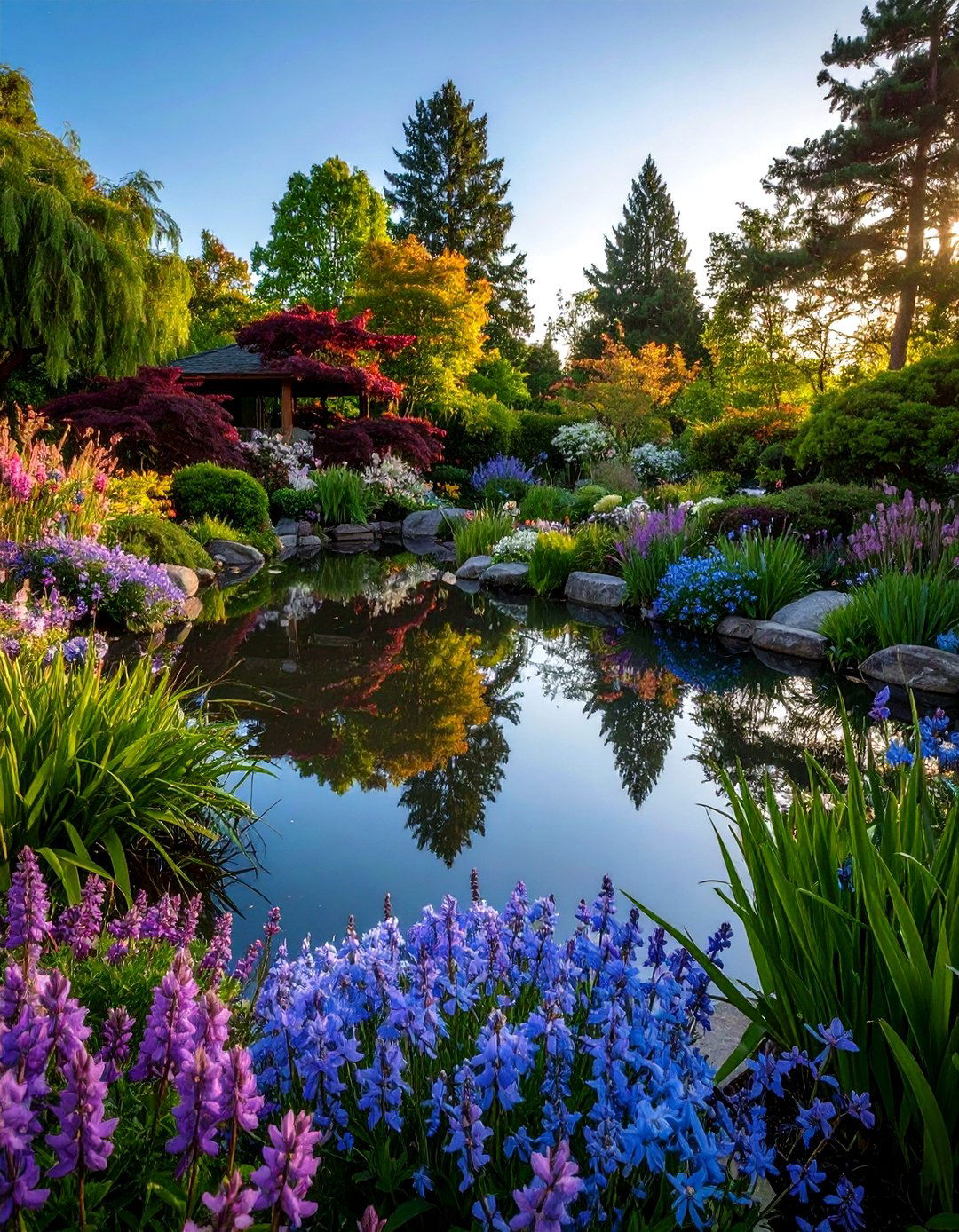
Visual appeal is central to a sensory garden. Select flowers and foliage in complementary hues—such as purples, blues, and whites for a calming palette, or reds, oranges, and yellows for an energizing effect. Incorporate seasonal bloomers to maintain interest year-round, and use reflective surfaces like white stones or mirrors to amplify light and color.
3. Incorporate Scented Plantings

Olfactory stimulation can be achieved by planting fragrant herbs (lavender, rosemary), flowers (rose cultivars, jasmine), and aromatic grasses (lemmongrass) along pathways and seating areas. Position these where visitors can easily brush past or touch leaves to release scents, creating immersive “scratch-and-sniff” moments.
4. Design Textured Plant Beds
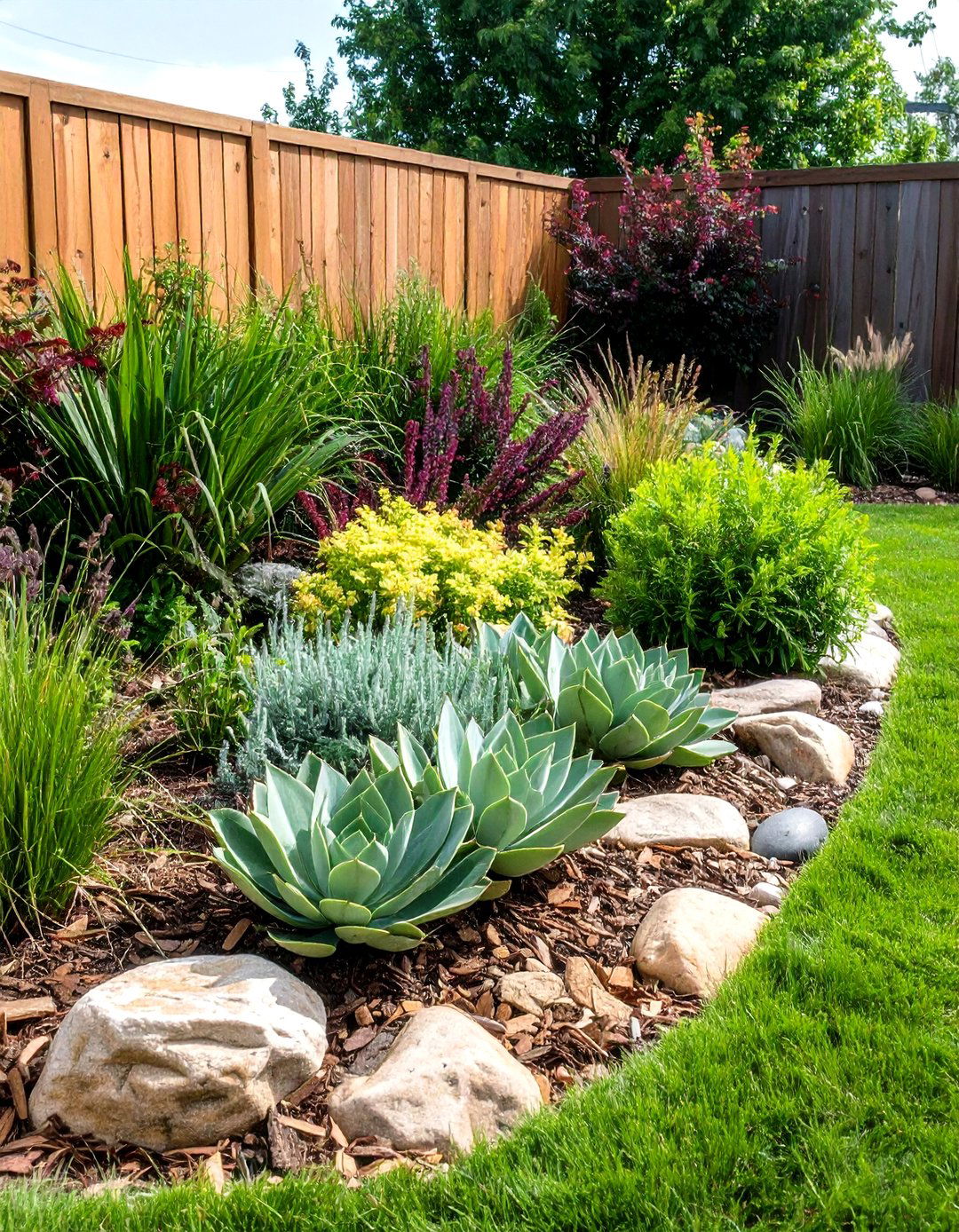
Tactile engagement is key: include plants with varied leaf textures such as fuzzy lamb’s ear (Stachys byzantina), sculptural succulents, and feathery ornamental grasses. Mix in hardscape materials like smooth river rocks, rough bark mulch, and pebbled paths to contrast plant textures and invite barefoot exploration.
5. Feature Edible and Tasteful Elements
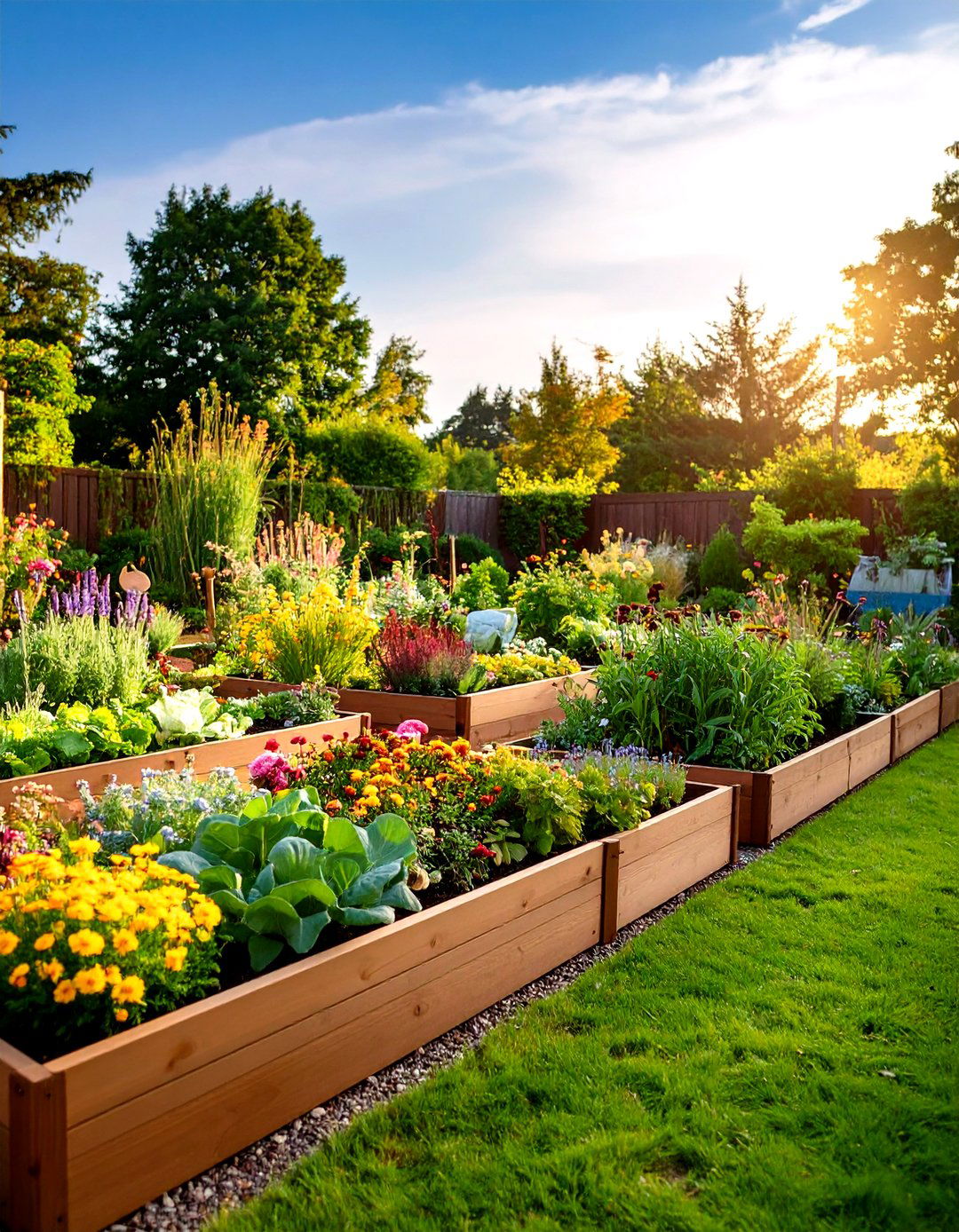
Engage the sense of taste by growing edible flowers (nasturtium), herbs (mint, basil), berries (strawberries), and vegetables (cherry tomatoes) in accessible raised beds or containers. Label each plant clearly and include tasting spoons or small harvest baskets so visitors can sample fresh flavors safely and hygienically.
6. Add Sound-Generating Installations
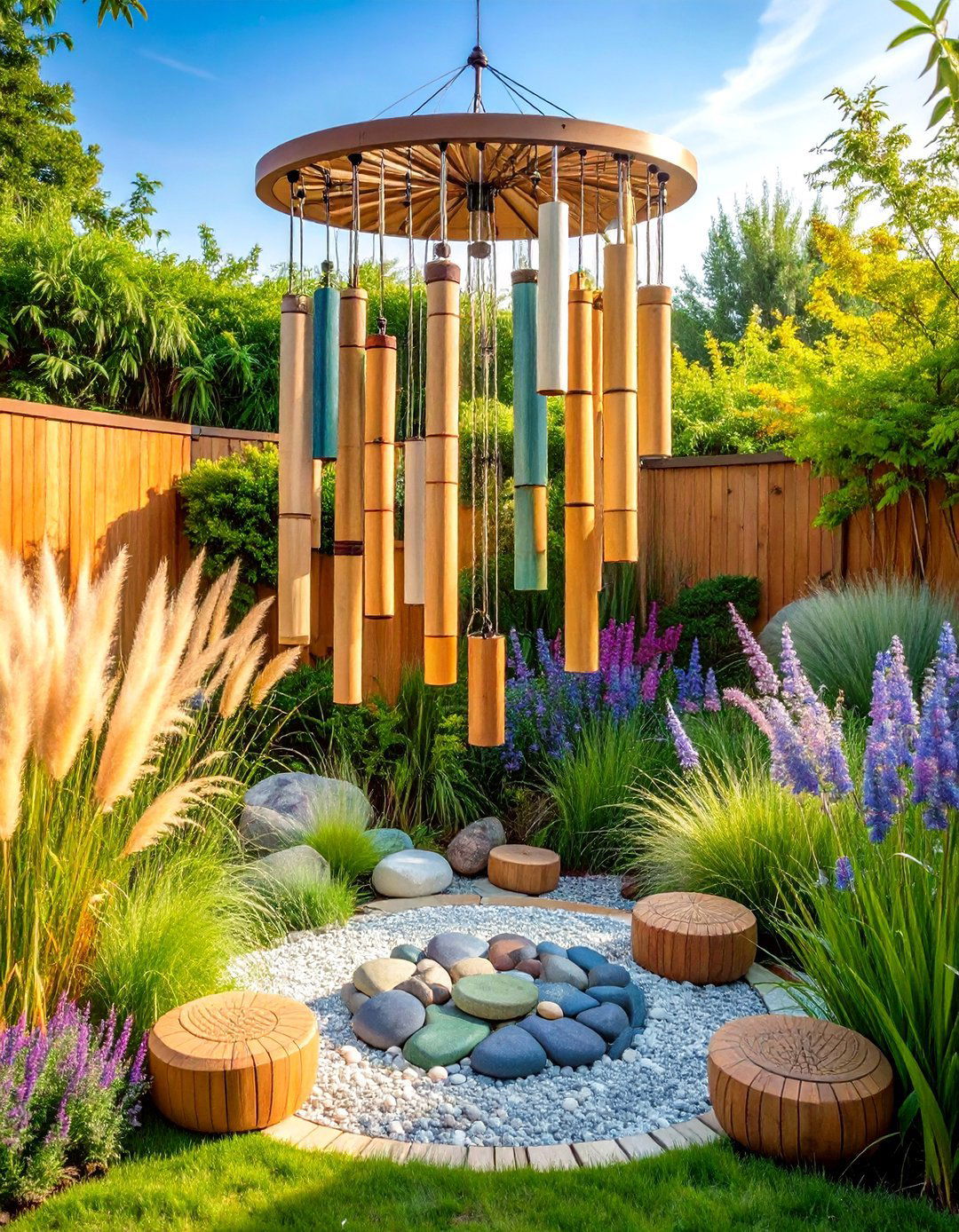
Incorporate wind chimes, bamboo tubes, and chime stones to create gentle auditory textures as wind passes through. Plant rustling grasses (feather reed grass), bamboos, and silver birch trees to produce natural sounds in breezy conditions. Consider small hand-cranked instruments like drums or cymbals for interactive play.
7. Introduce Water Features
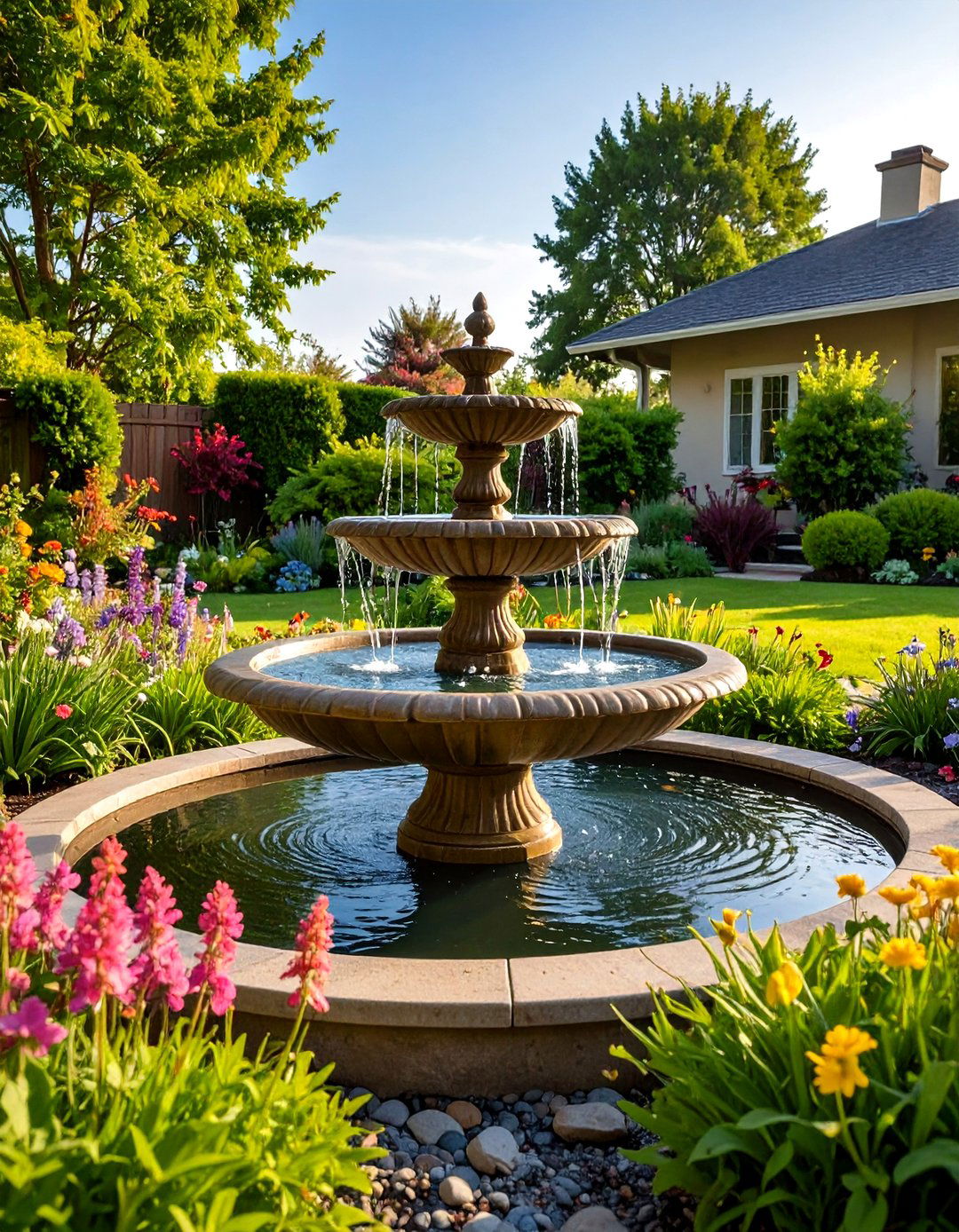
A bubbling fountain, birdbath, or shallow rill provides soothing auditory and visual focus points. The sound of flowing water masks background noise and invites contemplation, while the reflective surface amplifies light and color. Ensure safe access with gentle edges and non-slip surfaces for all ages and abilities.
8. Create Accessible Pathways
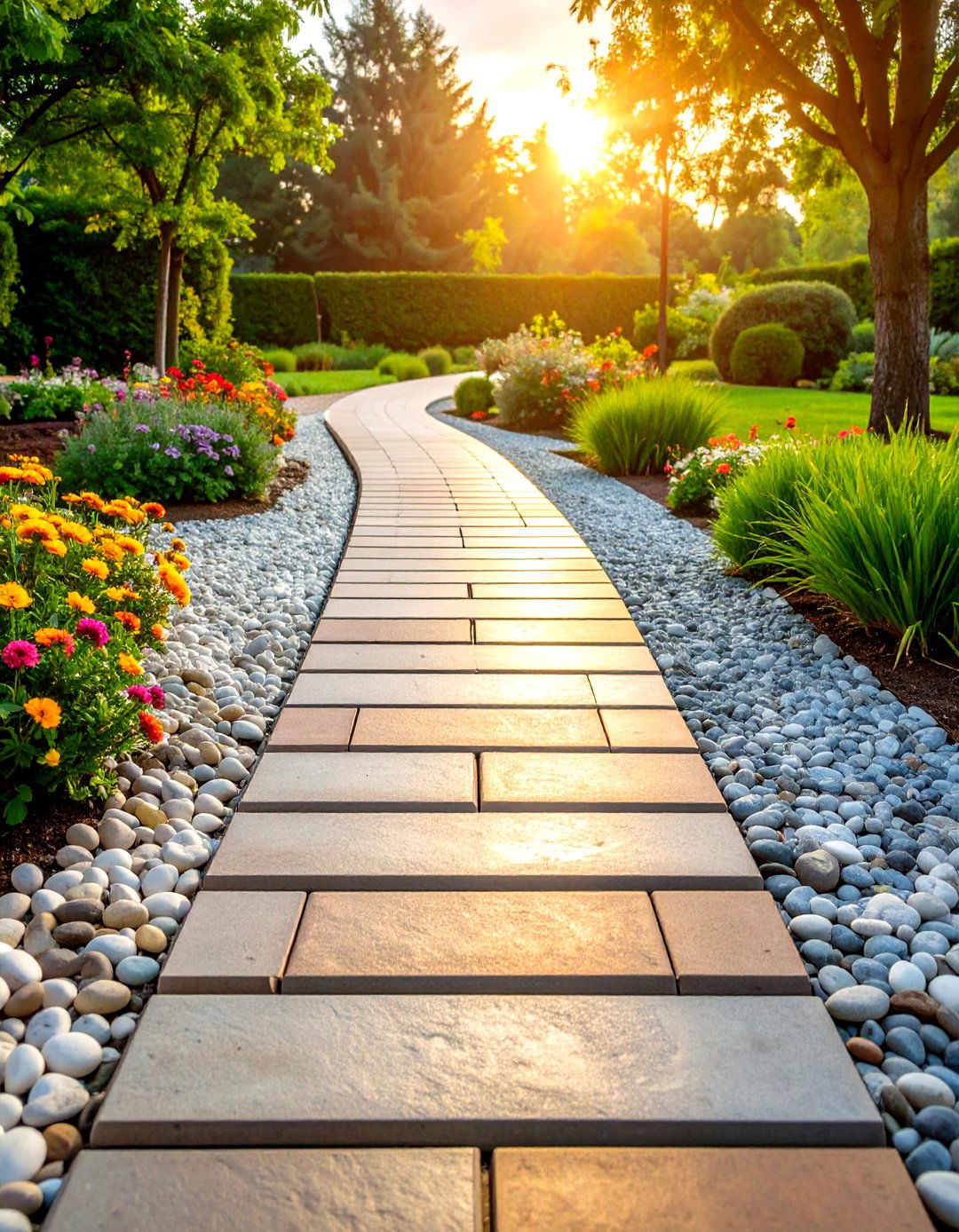
Design wide, level paths with firm surfaces—such as compacted gravel or resin-bound stones—to accommodate wheelchairs, strollers, and walkers. Use contrasting textures (e.g., smooth pavers surrounded by rounded pebbles) to guide visually impaired visitors by cane or foot.
9. Provide Comfortable Seating Areas

Include benches with varying heights and armrests to support different needs. Place seating in sensory “hot spots”—near fragrant plantings, water features, or sound installations—to encourage lingering and mindful engagement. Consider swing seats or hammocks for a gentle movement experience.
10. Incorporate Vertical Elements
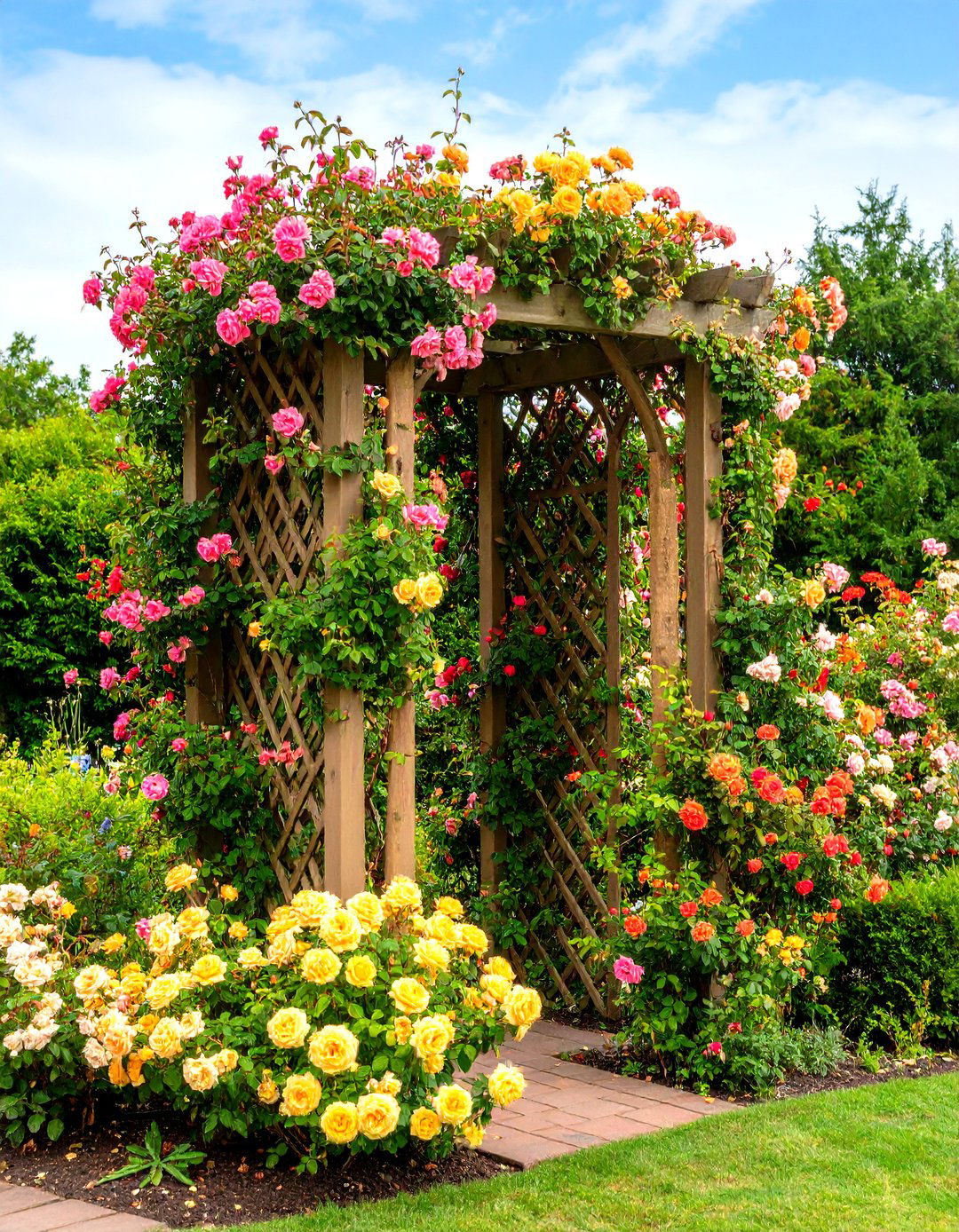
Use trellises, arches, and obelisks to grow climbing plants like scented honeysuckle, roses, or wisteria, adding height and immersive fragrance at face level. Vertical structures also create intimate garden “rooms,” enhancing the sense of discovery and enclosure.
11. Install Sensory Play Stations

Build interactive stations—such as a mud kitchen for tactile play, musical walls with mounted percussion instruments, or textured panels with varied materials (sandpaper, fabric, metal)—to encourage hands-on exploration. These engage children and adults alike in creative sensory activities.
12. Use Reflective and Mirrored Surfaces

Integrate mirrors, polished metal sculptures, or reflective tiles to double visual stimuli and introduce an element of surprise. These surfaces can catch sunlight, movement, and color from neighboring plantings, amplifying the sensory impact.
13. Incorporate Wildlife-Friendly Features
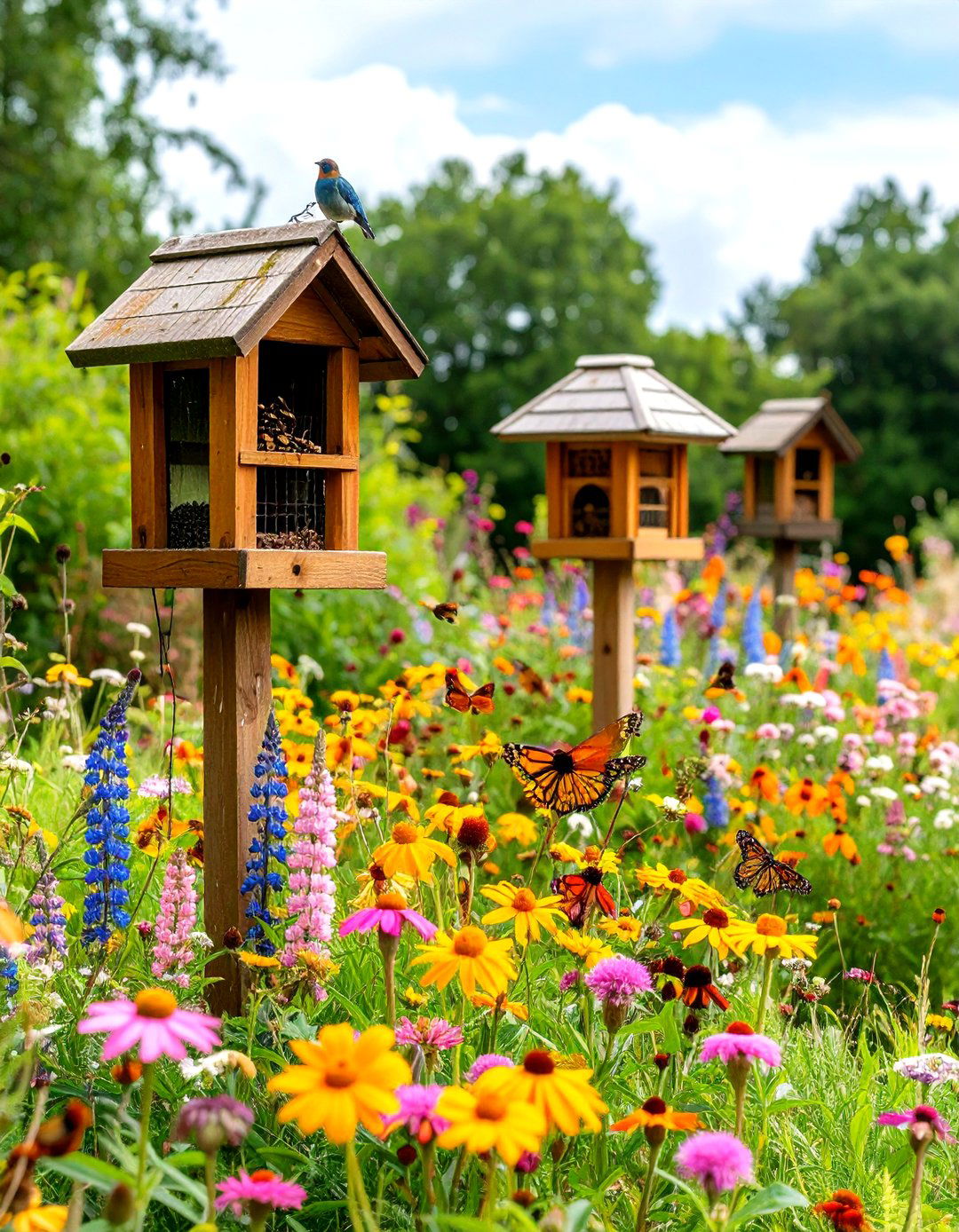
Attract birds, butterflies, and beneficial insects by including native wildflowers (yarrow, coneflower), butterfly weed, and seed-bearing grasses. Install bird feeders, insect hotels, and shallow water dishes to encourage visits, adding natural sights, sounds, and movements.
14. Plan for Seasonal Variation

Select plants with staggered bloom times, autumn foliage, and winter interest (such as red twig dogwood) to ensure year-round sensory engagement. Include evergreen shrubs with textured bark or scented foliage for the colder months.
15. Integrate Natural Light and Shade
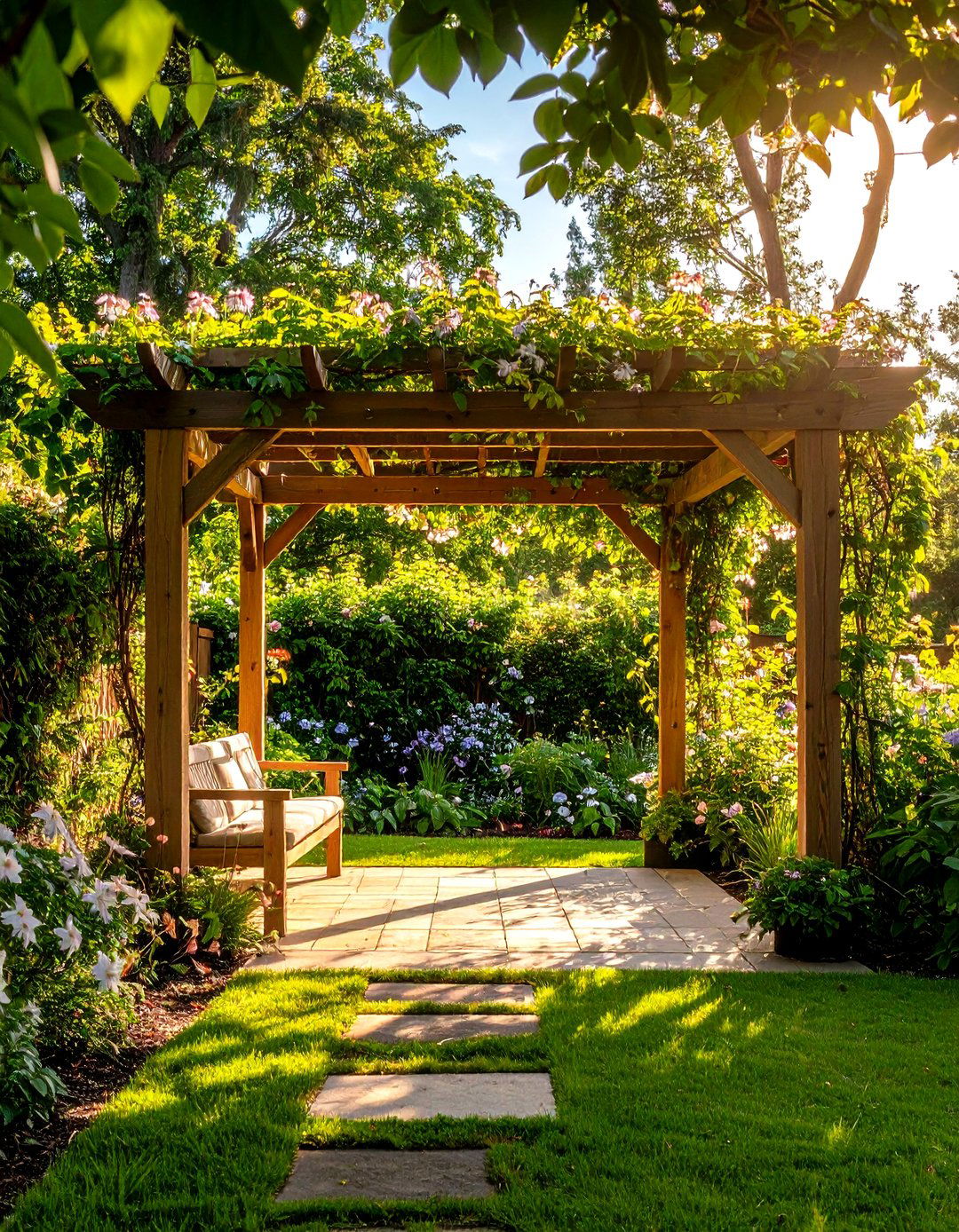
Design shaded nooks with pergolas draped in vines (grape, clematis) for cool retreats on hot days, and open sunny glades for warmth and photosynthesis-dependent blooms. Dappled light through leaf canopies creates dynamic visual patterns and gentle movement.
16. Employ Color-Coded Signage

Use high-contrast, tactile labels with Braille or raised lettering to identify plants and features, aiding visually impaired visitors and offering educational opportunities. Color-coding sensory zones (e.g., blue for scent, green for touch) reinforces cognitive mapping.
17. Utilize Container Gardening
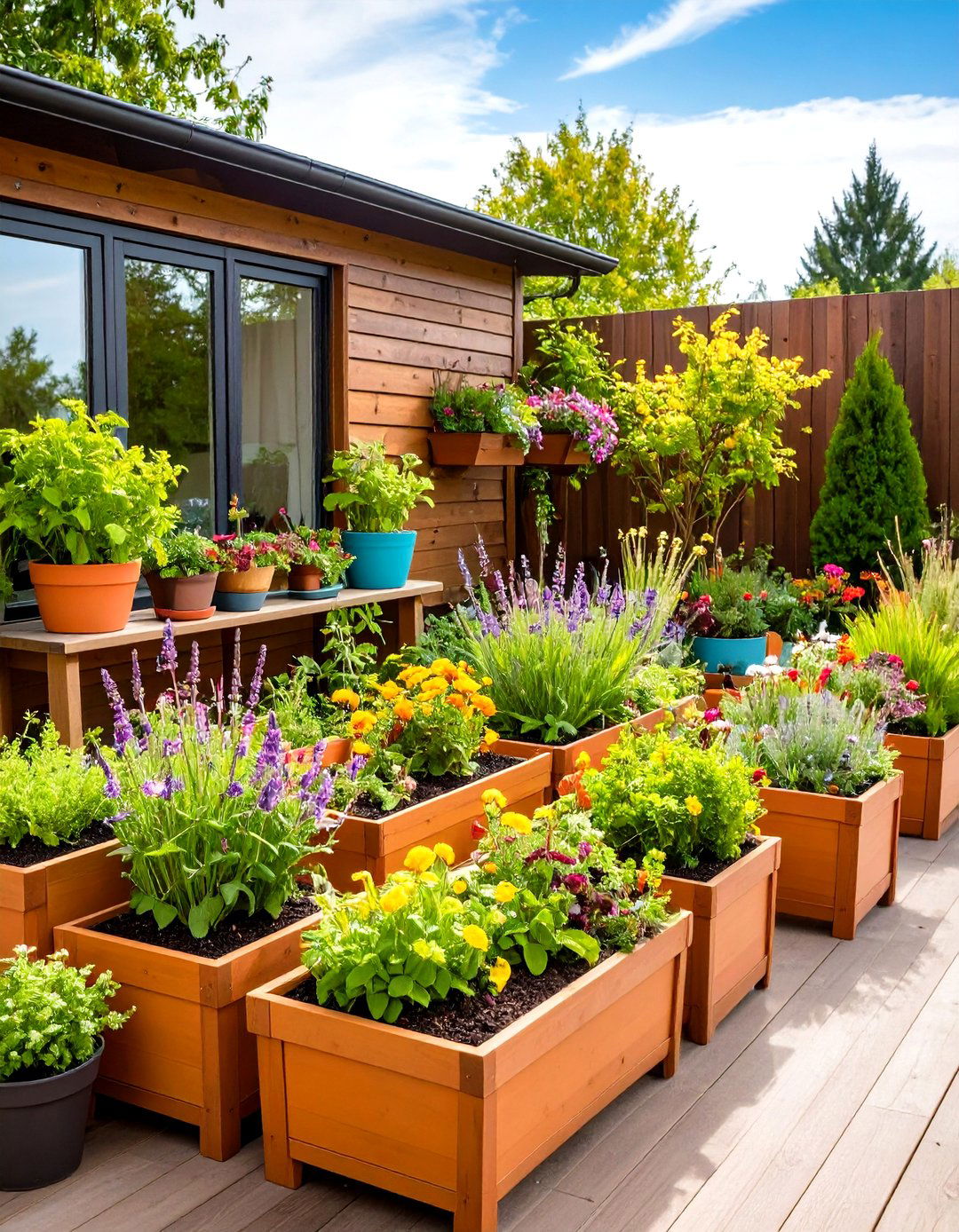
For small spaces or adaptive reuse, plant sensory collections in movable containers—herb pots, window boxes, raised planters—so features can be reconfigured and tended easily. Containers also allow experimentation with soil mixes and drainage.
18. Emphasize Therapeutic Design Principles

Incorporate winding paths, framed views, and resting spots to promote relaxation and reduce stress, following therapeutic garden guidelines. Use soft curves rather than rigid lines to evoke calm and flow through the space.
19. Maintain with Sensory Care
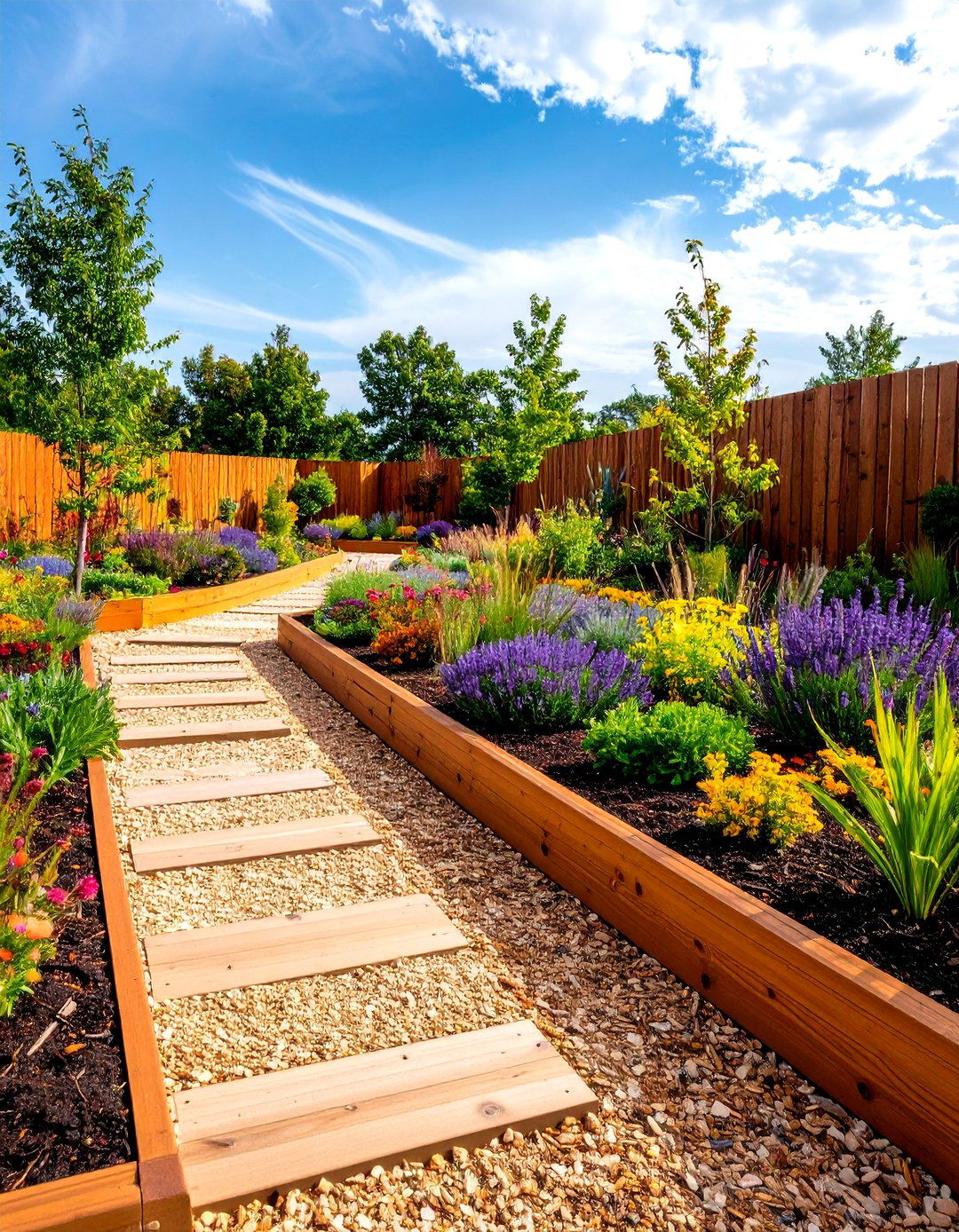
Regularly prune, deadhead, and refresh mulch to keep textures and scents vibrant. Schedule watering to highlight morning dew on leaves and petals. Invite volunteers or therapy groups to participate in upkeep for added social engagement.
20. Customize for Your Audience

Tailor plant choices, seating heights, and feature complexity to the intended users—children, older adults, people with disabilities, or general public. Solicit feedback through trial visits to fine-tune sensory intensity, ensuring the garden remains inclusive and engaging.
Conclusion:
By integrating diverse sensory elements—colorful and fragrant plantings, varied textures, interactive features, and immersive sound and water installations—you can create a garden that delights, soothes, and educates visitors of all abilities. Thoughtful design, site analysis, and maintenance ensure that the sensory garden remains a dynamic, therapeutic, and joyful space throughout the seasons. Whether in a school courtyard, therapeutic facility, or private backyard, these ideas offer a roadmap for crafting a truly multi-sensory outdoor oasis.




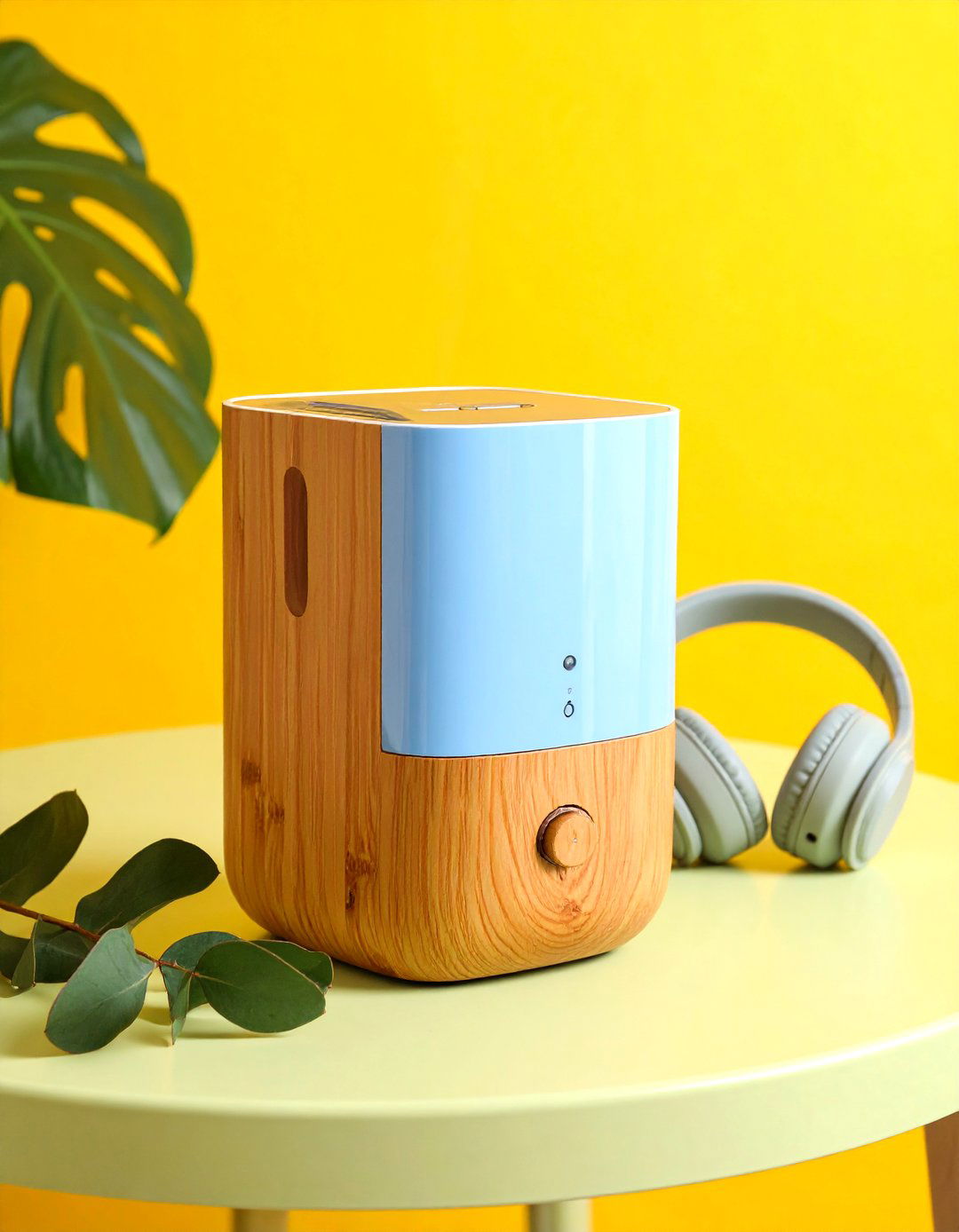
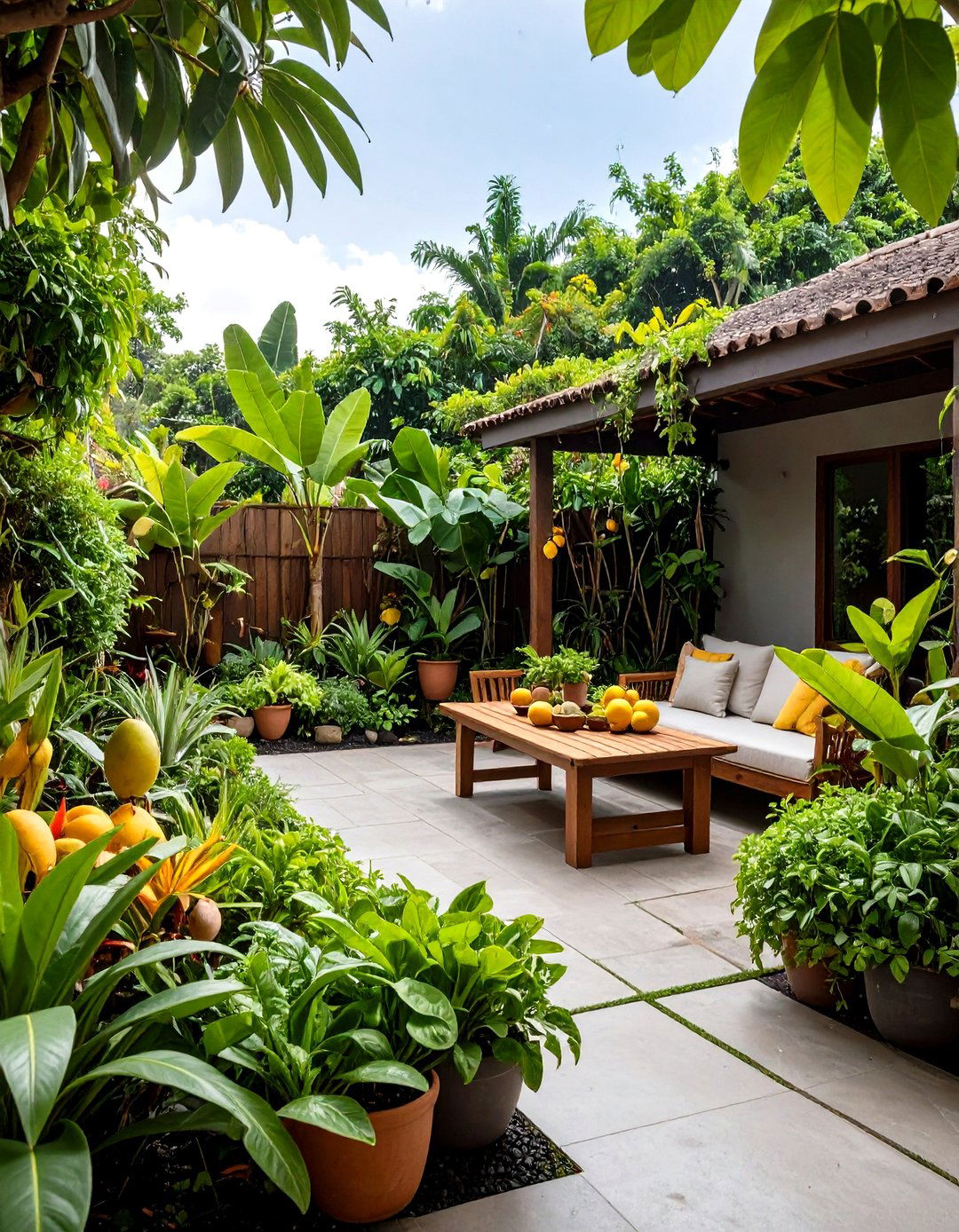


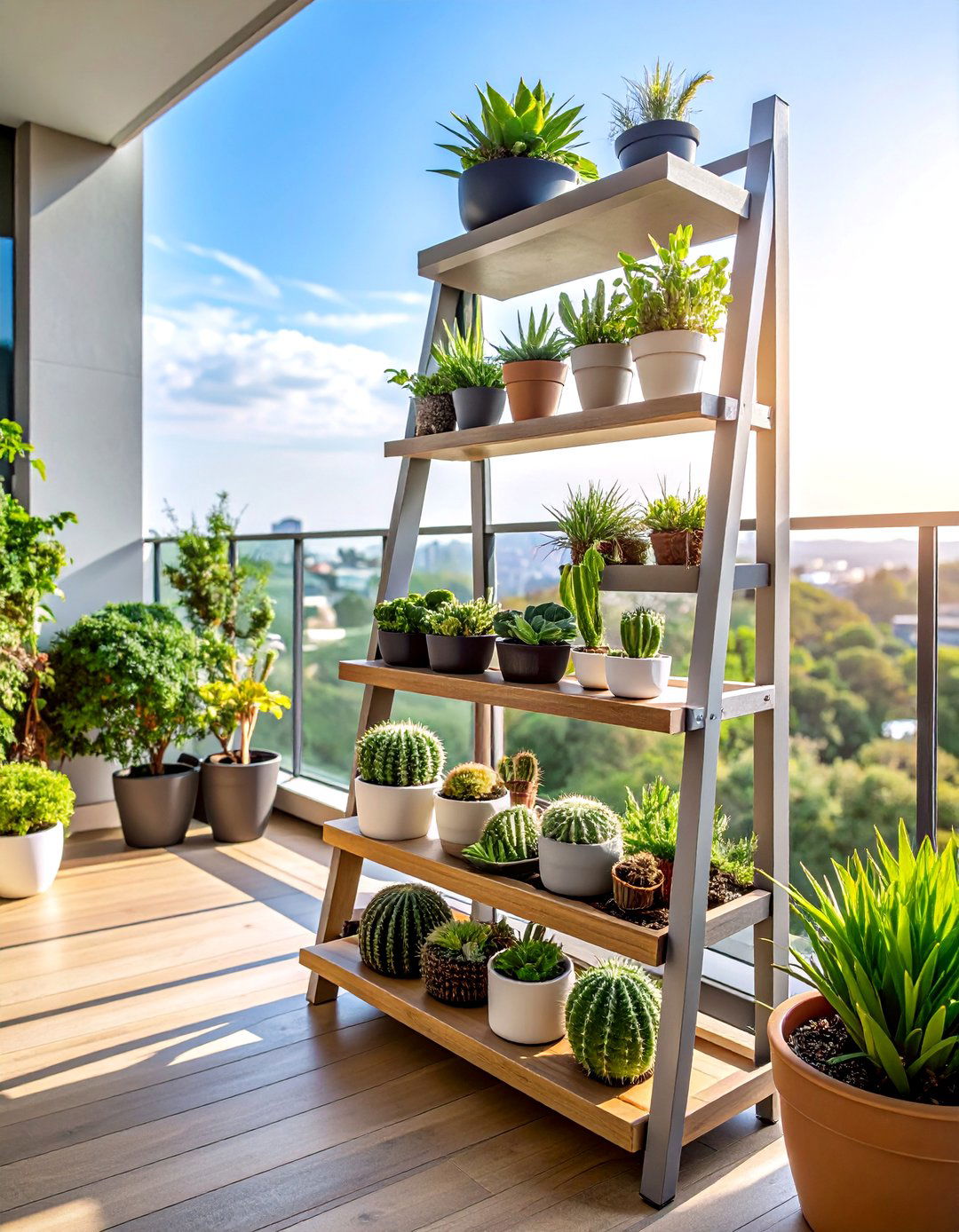
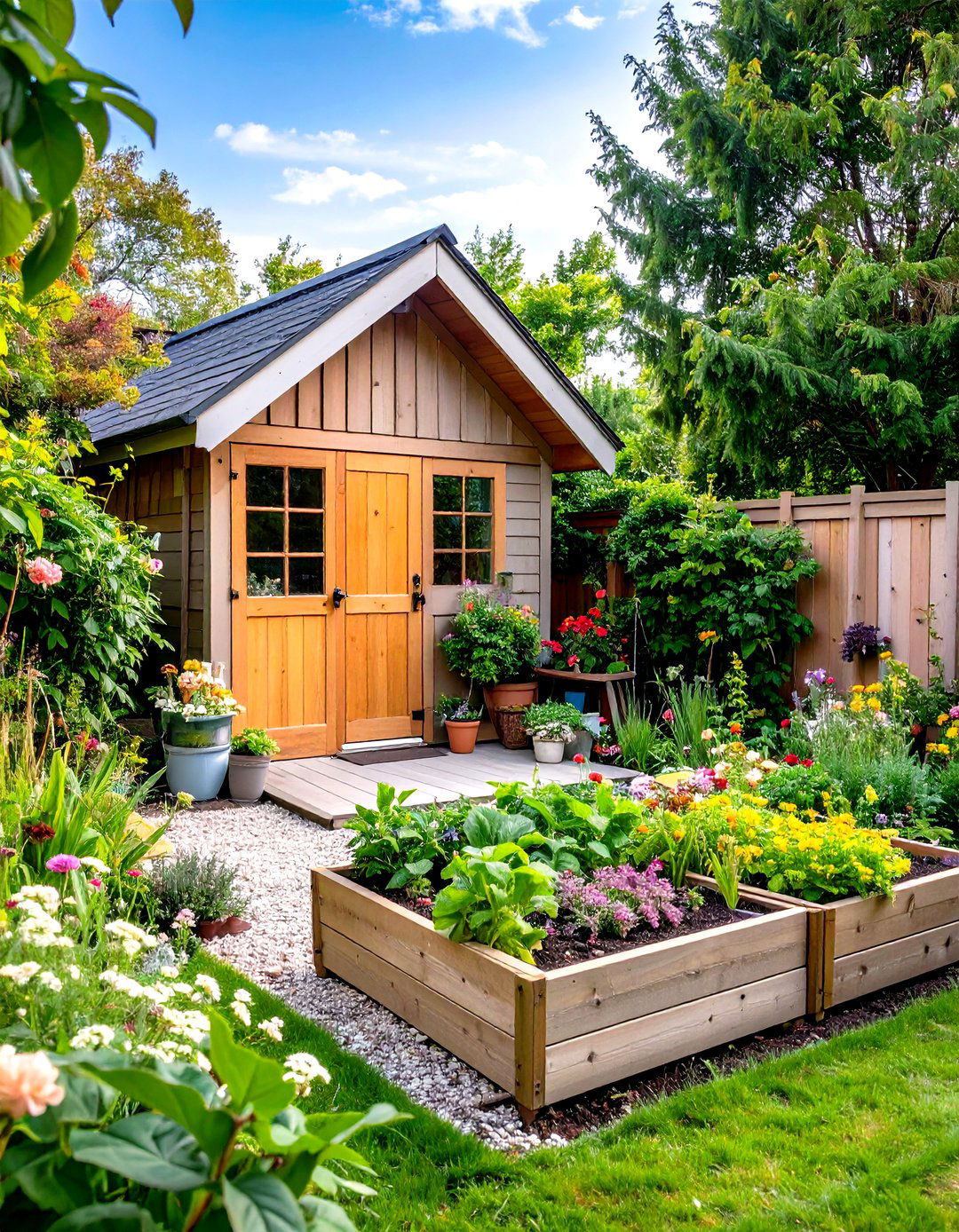
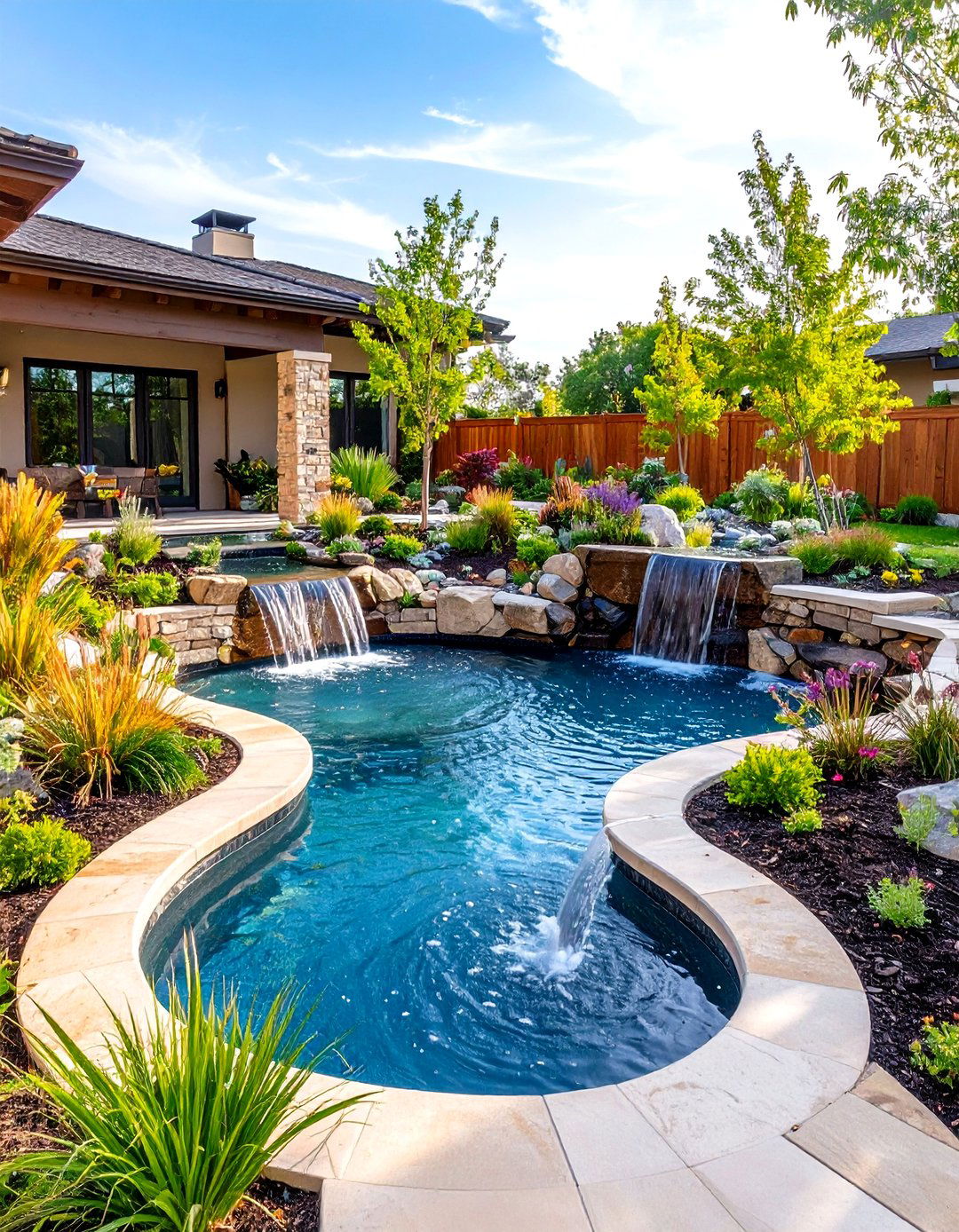
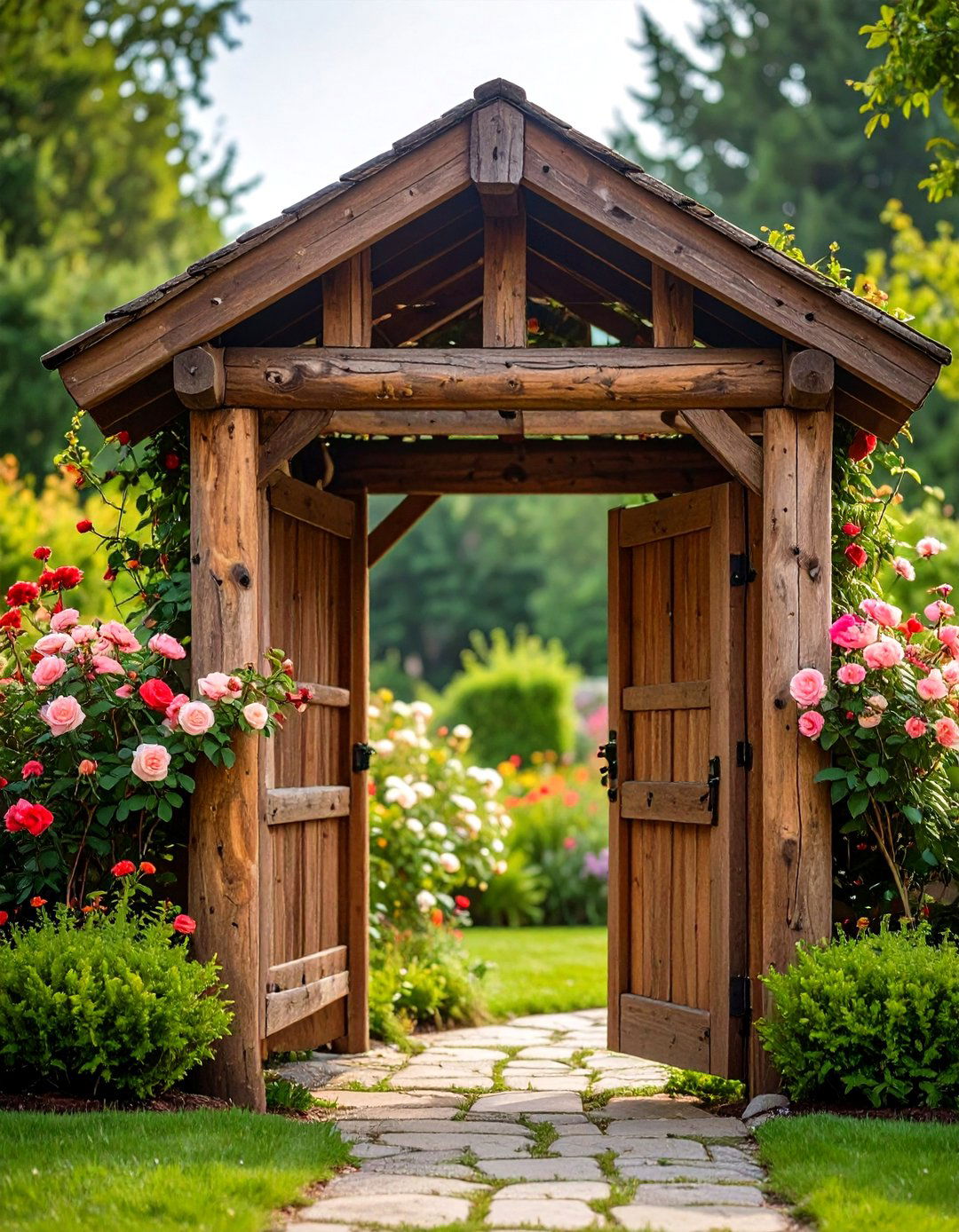
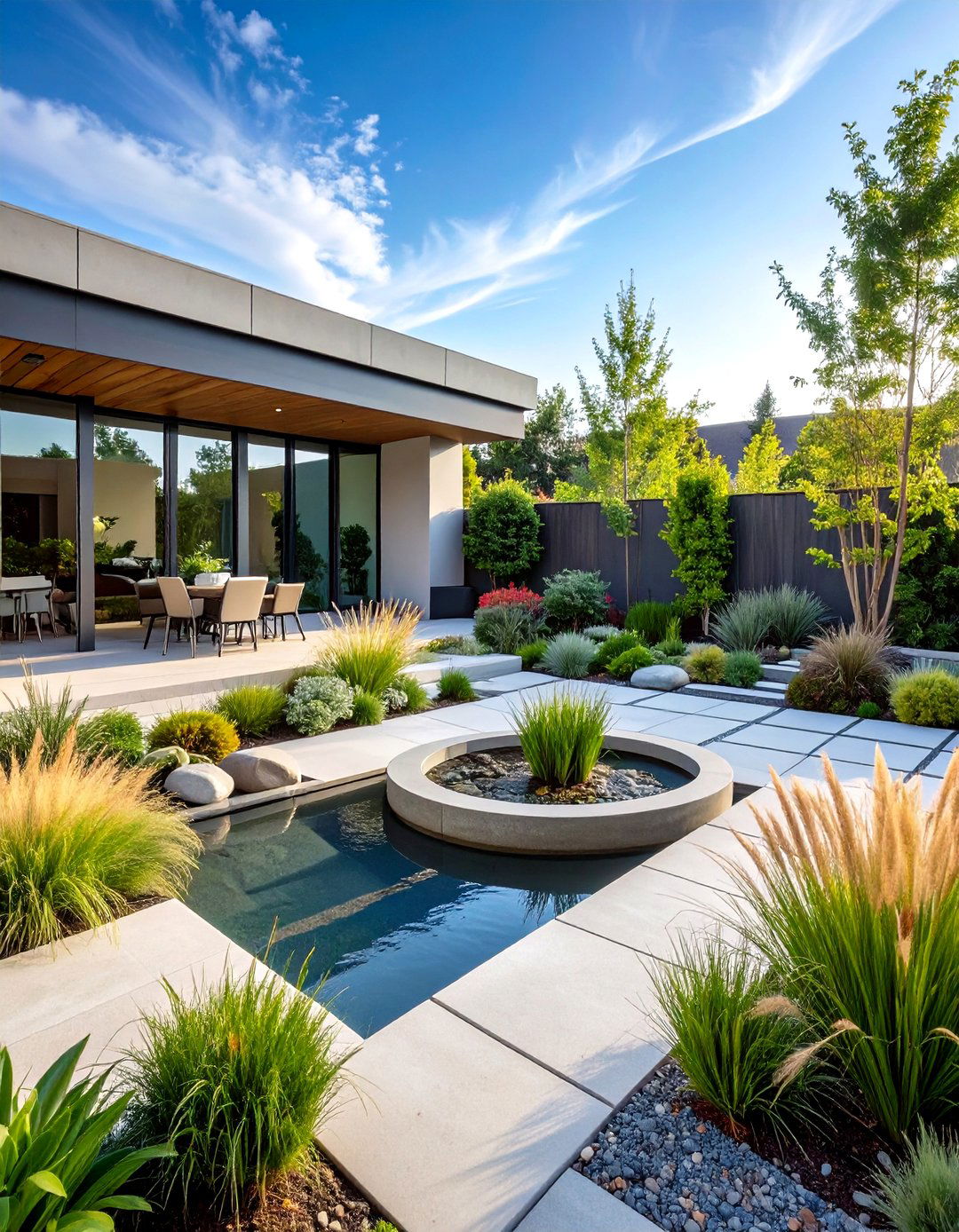
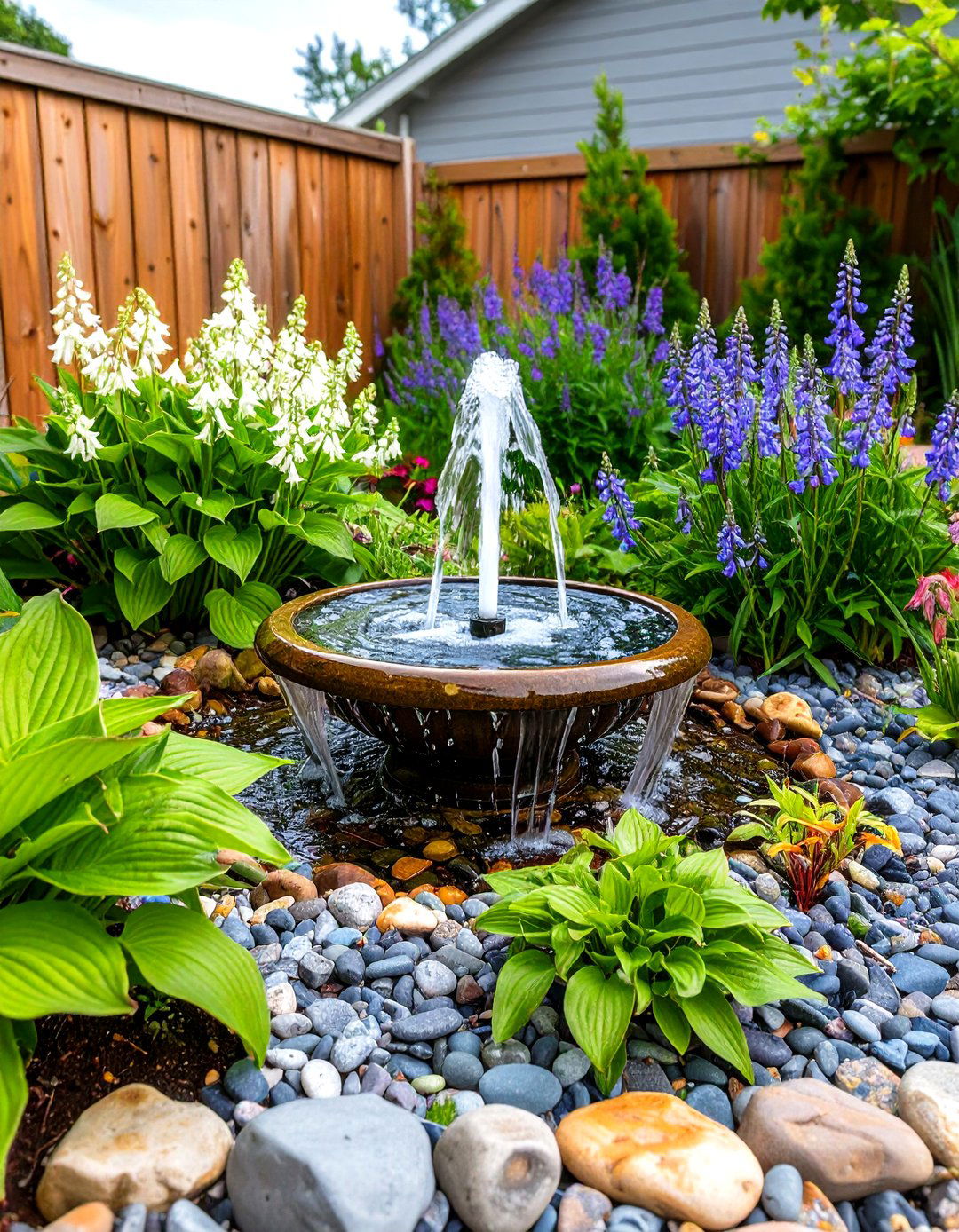
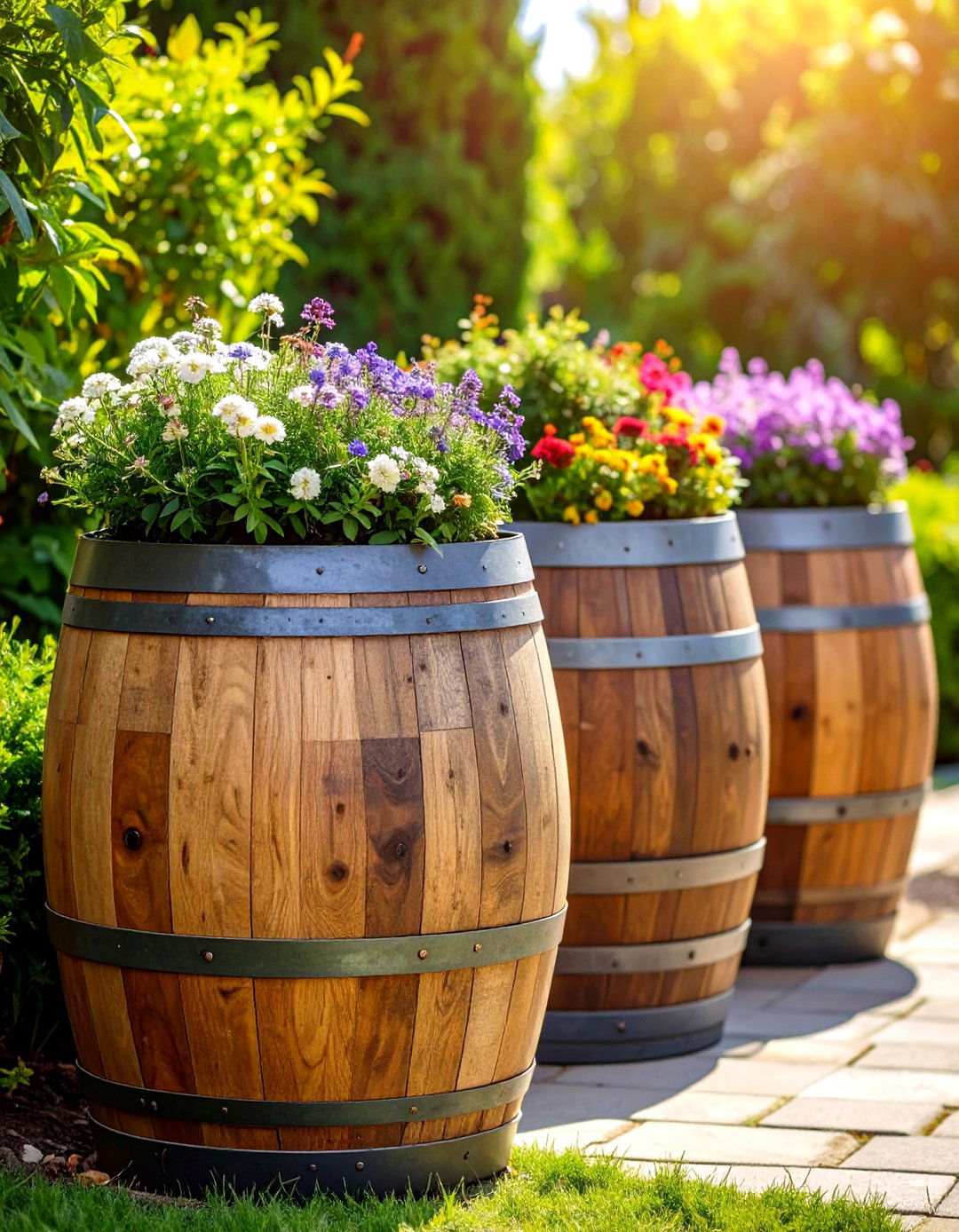

Leave a Reply